Time-Crunched Triathletes: Maximizing Performance with Essential Training Tips
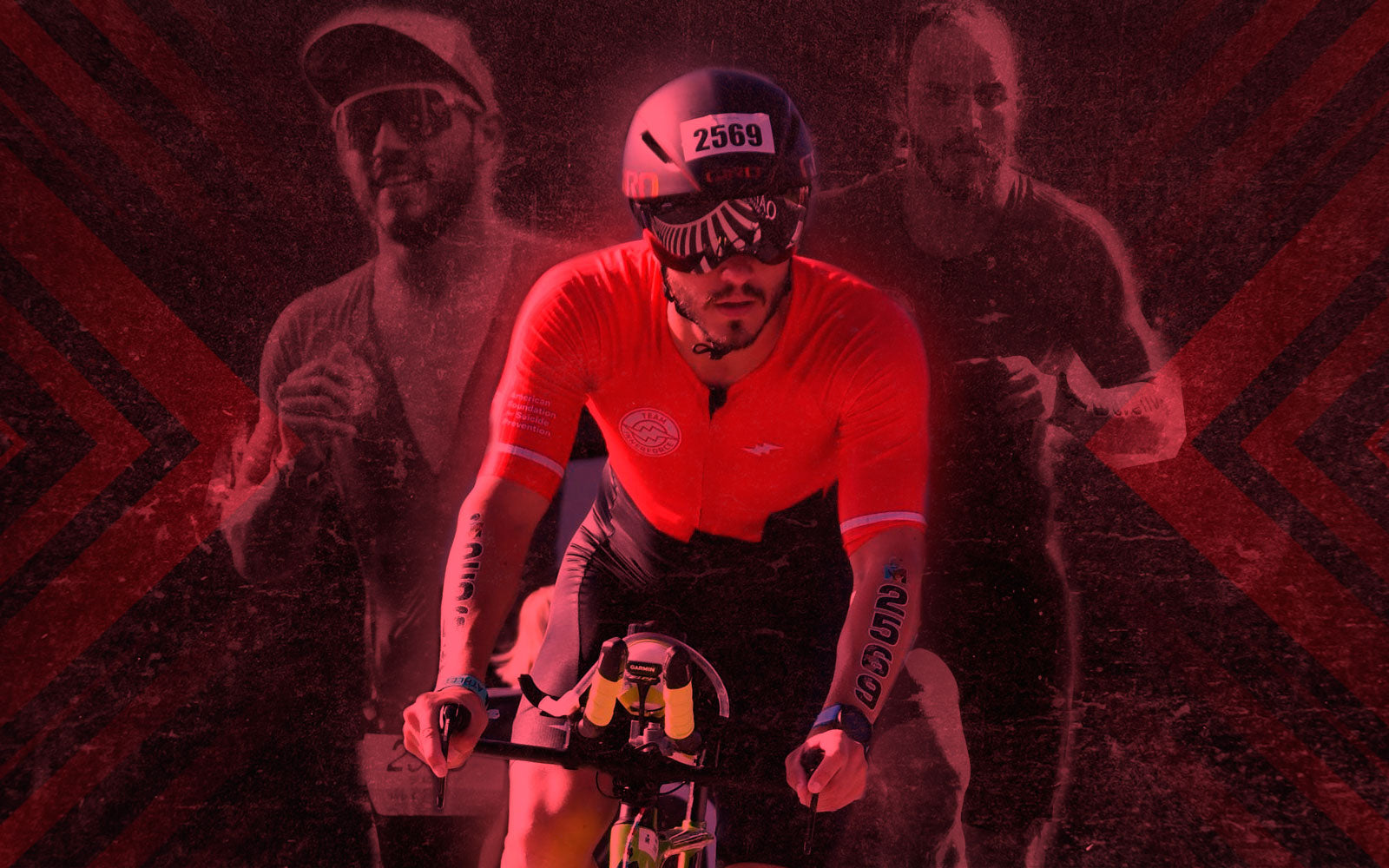
The demands of work, family, and other commitments can make it difficult for triathletes to find time to train. But with a few essential training tips, even the busiest athletes can maximize their performance while still allowing enough time to focus on the rest of their lives. In this article, we will provide advice on how triathletes can set realistic goals, focus on quality versus quantity in their training sessions, incorporate cross-training methods into their routine, utilize recovery techniques, and make the most of technology and training apps. By following these simple steps, time-crunched triathletes can achieve peak performance without sacrificing too much of their valuable free time.
Time-crunched triathletes face unique challenges when it comes to maintaining their training regimens. Juggling work, family, and other commitments can often mean that athletes are too time-stretched to dedicate the necessary hours to training for a triathlon. For example, a professional career may require long hours in the office or on the road. Family commitments such as child care or elderly care can also limit the amount of time available for training.
However, with a few essential tips and strategies, even the busiest triathletes can maximize their performance while still allowing enough time to focus on other important aspects of life. Here are some key tips that can help time-crunched triathletes achieve peak performance.
Setting Realistic Goals for Training
First, athletes need to set realistic goals. Too often, athletes get overwhelmed when confronted with a long-term goal and give up before they even start. The key is to break down the goal into manageable chunks and focus on short-term objectives. This will help athletes stay motivated and build momentum toward their long-term goals.
Triathletes should set realistic goals that are tailored to their strengths and weaknesses, as well as their available time. A good starting point is to establish an overall goal such as completing a full-distance triathlon or winning a local race. Once this has been established, athletes should then break down their goals into smaller, more achievable objectives such as completing a specific distance in a certain time frame or improving their speed over a given distance.
Focusing on Quality Over Quantity in Training Sessions
Focusing on quality over quantity in training sessions is essential for time-crunched triathletes. Quality training involves finding ways to get the most out of every minute spent exercising and ensuring that the workout session is effective, safe, and efficient.
Quality training involves finding ways to get the most out of every minute spent exercising and ensuring that the workout session is effective, safe, and efficient. There are a few key sessions that all triathletes should plan for when designing their training sessions: speed sessions, strength training, and steady-state workouts. Speed sessions are designed to increase speed over a given distance; strength training helps develop muscle and improve power; and steady-state workouts help build endurance.
Incorporating Cross-Training Methods into Your Routine
Incorporating cross-training methods into your routine is an important part of maximizing performance while under time constraints. Cross-training can help triathletes improve their overall strength, endurance, and aerobic capacity, as well as provide much-needed mental breaks from more intense training sessions. This type of training has been found to help athletes focus and reduce the risk of injury.
Strength training can be a great add-on to your triathlon training to help you stay strong and injury free. Some of the most popular strength exercises for triathletes include:
- Squats – Squats are one of the best exercises for building strong muscles in your legs and glutes.
- Lunges – Lunges are a great way to improve balance, coordination, and stability while strengthening the muscles in your legs and core.
- Push-ups – Push-ups are a great way to build strength and endurance in your chest, shoulders, arms, and core.
- Planks – Holding a plank is an effective way to strengthen your core and work on stability.
In addition, activities like yoga and Pilates can also help improve flexibility and balance which are essential components of successful triathlon performance.
Yoga and Pilates have become increasingly popular among triathletes as a form of cross-training. These activities offer a range of physical and mental benefits to help triathletes maximize their performance while managing the demands of daily life.
One of the primary benefits of yoga and Pilates is improved flexibility. Both forms of exercise focus on stretching and holding poses that help increase the range of motion in your joints. Improved flexibility can help athletes maintain posture more easily during races and swims, as well as reduce the risk of injury.
In addition to improved flexibility, yoga and Pilates also offer improved balance and core strength. Better balance is essential for triathletes, as it helps them maintain a good running form and swim technique while navigating transitions in between. Core strength is important for all three disciplines of triathlon, as it can help athletes power their stroke during swimming, generate force when pedaling during cycling, and aid in maintaining proper posture when running.
Utilizing Recovery Techniques to Maximize Performance
Recovery techniques are essential for time-crunched triathletes as they allow athletes to maximize their training, while still allowing enough time to focus on all other aspects of life. Recovery helps athletes heal faster, maintain peak performance and avoid overtraining and fatigue. There are a variety of ways that time-crunched triathletes can maximize their recovery, such as proper nutrition and hydration, foam rolling, massage therapy, and compression gear.
Nutrition and hydration are essential components of recovery for triathletes. Proper nutrition helps ensure that athletes have enough energy to perform at their best during training sessions, while proper hydration helps the body cool down and reduce inflammation after intense activities.
Foam rolling is another great way to help time-crunched triathletes maximize their performance while managing the demands of daily life. Foam rolling can help reduce muscle tension and soreness by loosening knots and improving circulation.
Massage therapy is also an excellent recovery technique for triathletes as it helps to improve blood flow, reduce inflammation, reduce fatigue, and decrease muscle soreness. Massage therapy can be beneficial both before and after training sessions.
Finally, compression gear can help triathletes maximize their performance by reducing fatigue and muscle soreness, as well as increasing blood flow for faster recovery. Compression gear is especially beneficial during long-distance events where athletes need to maintain a high level of performance over a long period.
Making the Most of Technology and Training Apps
In today's digital age, there are various apps and devices available that can help triathletes streamline their training and make the most of their limited time. Training apps can help athletes track their progress, plan their workouts, and analyze their performance. Some popular training apps for triathletes include TrainingPeaks, Strava, and MyFitnessPal. These apps can provide valuable insights into training data, helping athletes fine-tune their workouts and make better use of their time.
Final Tips and Advice for Busy Triathletes
The key to success for busy triathletes is time management. Balancing training with work, family, and other commitments can be a challenge; however, by following the tips outlined above, athletes can create a plan that allows them to prioritize their training and focus on achieving peak performance.
When it comes to setting goals, it is important to remember that progress is not linear. There will be days when training is more difficult than others, but by staying focused and consistent, triathletes can make the most of their busy lives and reach their goals.
Final thoughts
Balancing life and training as a triathlete can be challenging, but it is possible with the right approach. Setting realistic goals and focusing on quality over quantity in your training sessions will help you get the most out of each minute spent exercising. Incorporating cross-training methods into your routine, utilizing recovery techniques, and making the most of technology and training apps are also important for maximizing performance while under time constraints. By following these tips and staying focused on achieving peak performance, busy triathletes can make the most of their lives and reach their goals even when they’re pressed for time. With dedication, discipline, and determination, anything is possible!

The demands of work, family, and other commitments can make it difficult for triathletes to find time to train. But with a few essential training tips, even the busiest athletes can maximize their performance while still allowing enough time to focus on the rest of their lives. In this article, we will provide advice on how triathletes can set realistic goals, focus on quality versus quantity in their training sessions, incorporate cross-training methods into their routine, utilize recovery techniques, and make the most of technology and training apps. By following these simple steps, time-crunched triathletes can achieve peak performance without sacrificing too much of their valuable free time.
Time-crunched triathletes face unique challenges when it comes to maintaining their training regimens. Juggling work, family, and other commitments can often mean that athletes are too time-stretched to dedicate the necessary hours to training for a triathlon. For example, a professional career may require long hours in the office or on the road. Family commitments such as child care or elderly care can also limit the amount of time available for training.
However, with a few essential tips and strategies, even the busiest triathletes can maximize their performance while still allowing enough time to focus on other important aspects of life. Here are some key tips that can help time-crunched triathletes achieve peak performance.
Setting Realistic Goals for Training
First, athletes need to set realistic goals. Too often, athletes get overwhelmed when confronted with a long-term goal and give up before they even start. The key is to break down the goal into manageable chunks and focus on short-term objectives. This will help athletes stay motivated and build momentum toward their long-term goals.
Triathletes should set realistic goals that are tailored to their strengths and weaknesses, as well as their available time. A good starting point is to establish an overall goal such as completing a full-distance triathlon or winning a local race. Once this has been established, athletes should then break down their goals into smaller, more achievable objectives such as completing a specific distance in a certain time frame or improving their speed over a given distance.
Focusing on Quality Over Quantity in Training Sessions
Focusing on quality over quantity in training sessions is essential for time-crunched triathletes. Quality training involves finding ways to get the most out of every minute spent exercising and ensuring that the workout session is effective, safe, and efficient.
Quality training involves finding ways to get the most out of every minute spent exercising and ensuring that the workout session is effective, safe, and efficient. There are a few key sessions that all triathletes should plan for when designing their training sessions: speed sessions, strength training, and steady-state workouts. Speed sessions are designed to increase speed over a given distance; strength training helps develop muscle and improve power; and steady-state workouts help build endurance.
Incorporating Cross-Training Methods into Your Routine
Incorporating cross-training methods into your routine is an important part of maximizing performance while under time constraints. Cross-training can help triathletes improve their overall strength, endurance, and aerobic capacity, as well as provide much-needed mental breaks from more intense training sessions. This type of training has been found to help athletes focus and reduce the risk of injury.
Strength training can be a great add-on to your triathlon training to help you stay strong and injury free. Some of the most popular strength exercises for triathletes include:
- Squats – Squats are one of the best exercises for building strong muscles in your legs and glutes.
- Lunges – Lunges are a great way to improve balance, coordination, and stability while strengthening the muscles in your legs and core.
- Push-ups – Push-ups are a great way to build strength and endurance in your chest, shoulders, arms, and core.
- Planks – Holding a plank is an effective way to strengthen your core and work on stability.
In addition, activities like yoga and Pilates can also help improve flexibility and balance which are essential components of successful triathlon performance.
Yoga and Pilates have become increasingly popular among triathletes as a form of cross-training. These activities offer a range of physical and mental benefits to help triathletes maximize their performance while managing the demands of daily life.
One of the primary benefits of yoga and Pilates is improved flexibility. Both forms of exercise focus on stretching and holding poses that help increase the range of motion in your joints. Improved flexibility can help athletes maintain posture more easily during races and swims, as well as reduce the risk of injury.
In addition to improved flexibility, yoga and Pilates also offer improved balance and core strength. Better balance is essential for triathletes, as it helps them maintain a good running form and swim technique while navigating transitions in between. Core strength is important for all three disciplines of triathlon, as it can help athletes power their stroke during swimming, generate force when pedaling during cycling, and aid in maintaining proper posture when running.
Utilizing Recovery Techniques to Maximize Performance
Recovery techniques are essential for time-crunched triathletes as they allow athletes to maximize their training, while still allowing enough time to focus on all other aspects of life. Recovery helps athletes heal faster, maintain peak performance and avoid overtraining and fatigue. There are a variety of ways that time-crunched triathletes can maximize their recovery, such as proper nutrition and hydration, foam rolling, massage therapy, and compression gear.
Nutrition and hydration are essential components of recovery for triathletes. Proper nutrition helps ensure that athletes have enough energy to perform at their best during training sessions, while proper hydration helps the body cool down and reduce inflammation after intense activities.
Foam rolling is another great way to help time-crunched triathletes maximize their performance while managing the demands of daily life. Foam rolling can help reduce muscle tension and soreness by loosening knots and improving circulation.
Massage therapy is also an excellent recovery technique for triathletes as it helps to improve blood flow, reduce inflammation, reduce fatigue, and decrease muscle soreness. Massage therapy can be beneficial both before and after training sessions.
Finally, compression gear can help triathletes maximize their performance by reducing fatigue and muscle soreness, as well as increasing blood flow for faster recovery. Compression gear is especially beneficial during long-distance events where athletes need to maintain a high level of performance over a long period.
Making the Most of Technology and Training Apps
In today's digital age, there are various apps and devices available that can help triathletes streamline their training and make the most of their limited time. Training apps can help athletes track their progress, plan their workouts, and analyze their performance. Some popular training apps for triathletes include TrainingPeaks, Strava, and MyFitnessPal. These apps can provide valuable insights into training data, helping athletes fine-tune their workouts and make better use of their time.
Final Tips and Advice for Busy Triathletes
The key to success for busy triathletes is time management. Balancing training with work, family, and other commitments can be a challenge; however, by following the tips outlined above, athletes can create a plan that allows them to prioritize their training and focus on achieving peak performance.
When it comes to setting goals, it is important to remember that progress is not linear. There will be days when training is more difficult than others, but by staying focused and consistent, triathletes can make the most of their busy lives and reach their goals.
Final thoughts
Balancing life and training as a triathlete can be challenging, but it is possible with the right approach. Setting realistic goals and focusing on quality over quantity in your training sessions will help you get the most out of each minute spent exercising. Incorporating cross-training methods into your routine, utilizing recovery techniques, and making the most of technology and training apps are also important for maximizing performance while under time constraints. By following these tips and staying focused on achieving peak performance, busy triathletes can make the most of their lives and reach their goals even when they’re pressed for time. With dedication, discipline, and determination, anything is possible!
SEE WHAT CUSTOM APPAREL LOOKS LIKE

GEAR UP
MORE FROM THE BLOG
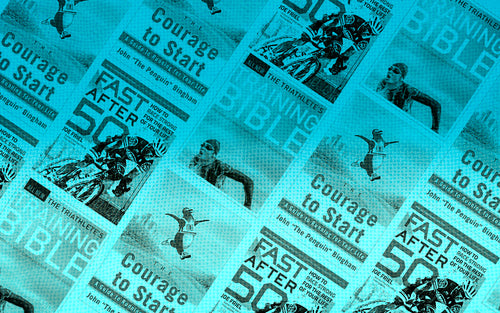
The Essential Reading List for Aspiring Triathletes
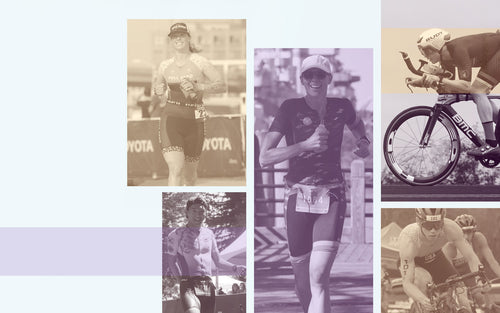
The most challenging competitions in the world: A guide to the toughest races on the planet
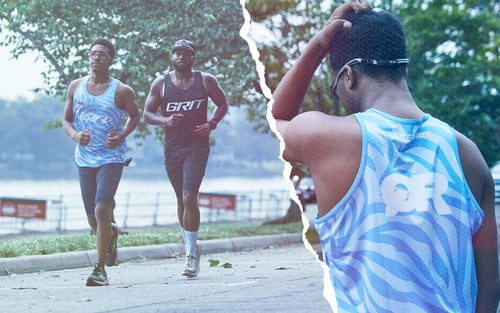
How to Keep Young Athletes Motivated in Their Training Program
Let’s admit it: many athletes struggle to find motivation for their training. Experts from the University of London and the National...
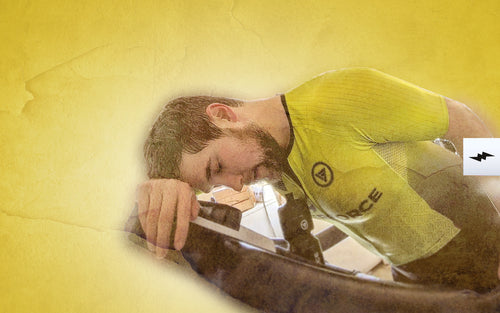
How To Adapt Your Training When Things Go Wrong
It is pretty easy nowadays to find the perfect training plan online for whatever event you have coming up. The...



